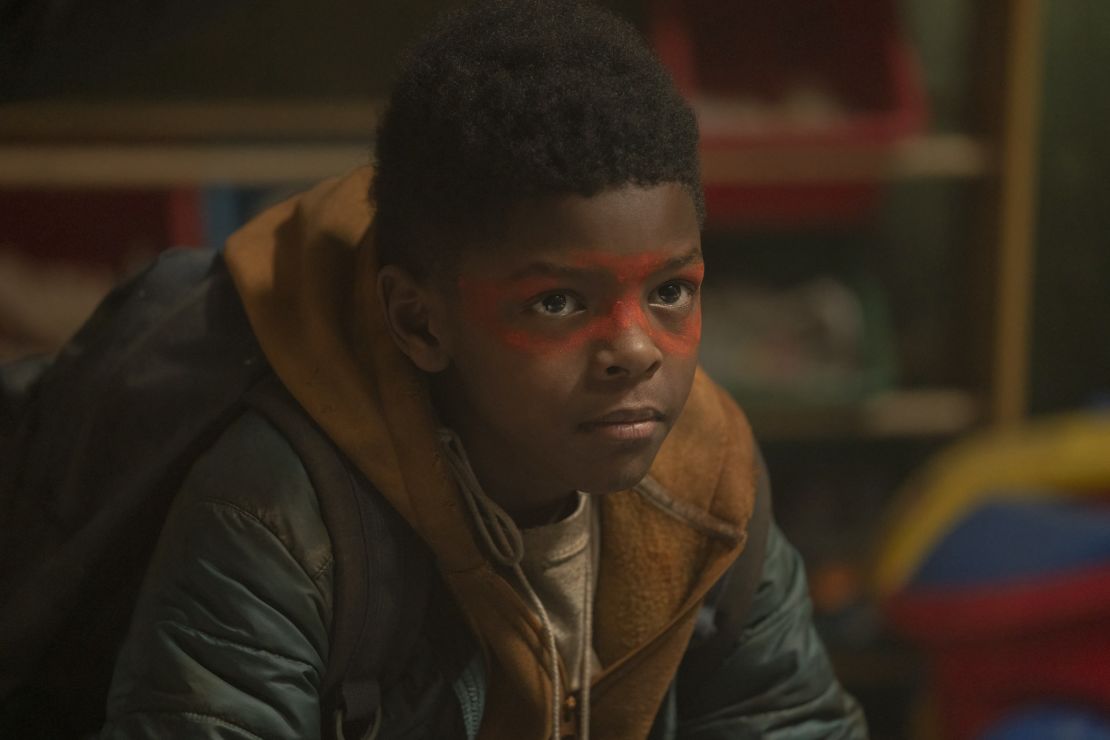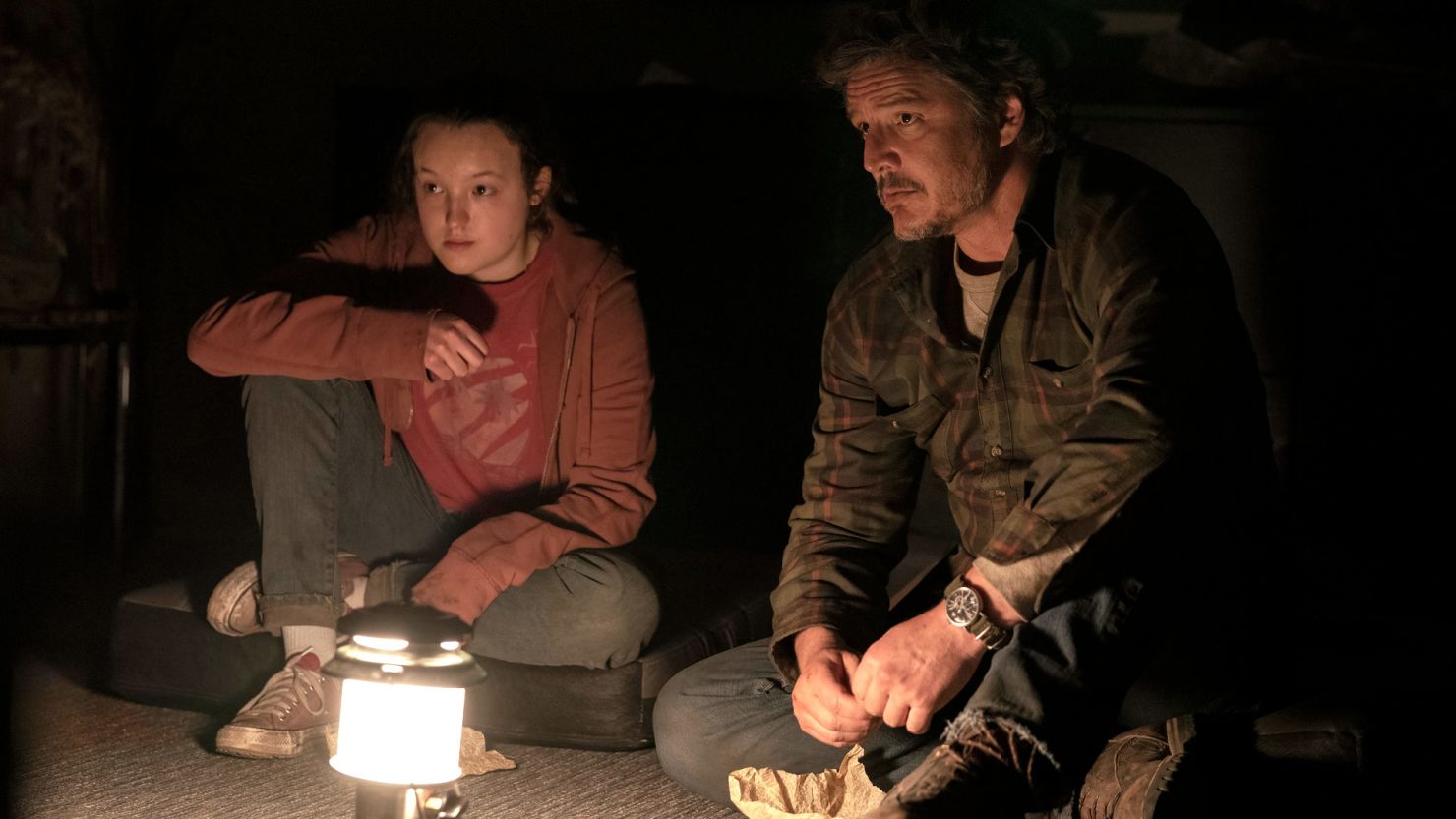Editor’s Note: The following contains major spoilers about the fifth episode of “The Last of Us,” “Endure and Survive,” which premiered February 10 on HBO Max and will premiere February 12 on HBO.
Yep, they went there.
Apocalyptic drama inevitably means that a lot of people die, good as well as bad. Yet as is so often true when watching the news, a small-scale tragedy can hit harder than a mass-casualty event, especially when it involves an innocent.
After the justifiable hoopla caused by its third episode, HBO’s “The Last of Us” plucked at the heartstrings again in its fifth hour, subtitled “Endure and Survive,” which featured the characters of Joel (Pedro Pascal) and Ellie (Bella Ramsey) befriending a pair of brothers, one of whom was deaf.
Ellie bonded with the younger one, the eight-year-old Sam (Keivonn Woodard), laughed with him, found a few moments to behave like kids with him. Sam decorated the places he and his brother, Henry (Lamar Johnson), were forced to hide with childlike drawings. It was sweet, a moment of normalcy within a brutal and chaotic world.
The flashback made you like these characters and root for them. And then suddenly, abruptly, they killed Sam, after turning him into something inhuman.
Before someone references the game on which the series is based, a brief reminder that TV shows and games are different animals. Simply put, killing a child in drama is always dicey, because those moments strike the audience in a unique and unsettling way.

The episode speaks to the fearlessness of the storytelling by producers Craig Mazin and Neil Druckmann, presenting a stark demonstration – if one was still needed at this point – that the stakes in the show’s world are as stark as they come.
The most obvious parallel would be a similar sequence in the second season of “The Walking Dead,” another zombie drama, when a missing little girl, Sophia, came shuffling out of the barn having transformed into a glassy-eyed monster.
Beyond departing from the comics, that sequence felt genuinely shocking at the time, and reinforced that the show’s dramatic ambitions went beyond mere horror. As the website Undeadwalking.com put it, “This scene made many fans realize this wasn’t a typical series. This one wasn’t afraid to push things to the max and make the viewers uncomfortable and feel the pain of loss along with the characters.”
“The Last of Us” has demonstrated even more impressive range thus far, in the process establishing a strong showcase for guest stars, including Melanie Lynskey in these latest hours. Yet as Mazin noted in the video that followed the episode, those subplots also inform and impact the relationship between Joel and Ellie, which was evident in their unspoken exchange at the end.
The emotional wallop the show has delivered helps explain its popularity and social-media footprint – inspiring even the skeptical to tune in – and why the term “zombie drama,” while accurate, is too reductive. If the third episode resonated because of its romantic underpinnings, the latest one (dropped early on HBO Max, and available in its regular slot on HBO opposite the Super Bowl) ultimately came around to unimaginable loss, and making viewers acutely feel it.
Mission, painfully, accomplished.
(Like CNN, HBO is a unit of Warner Bros. Discovery.)




